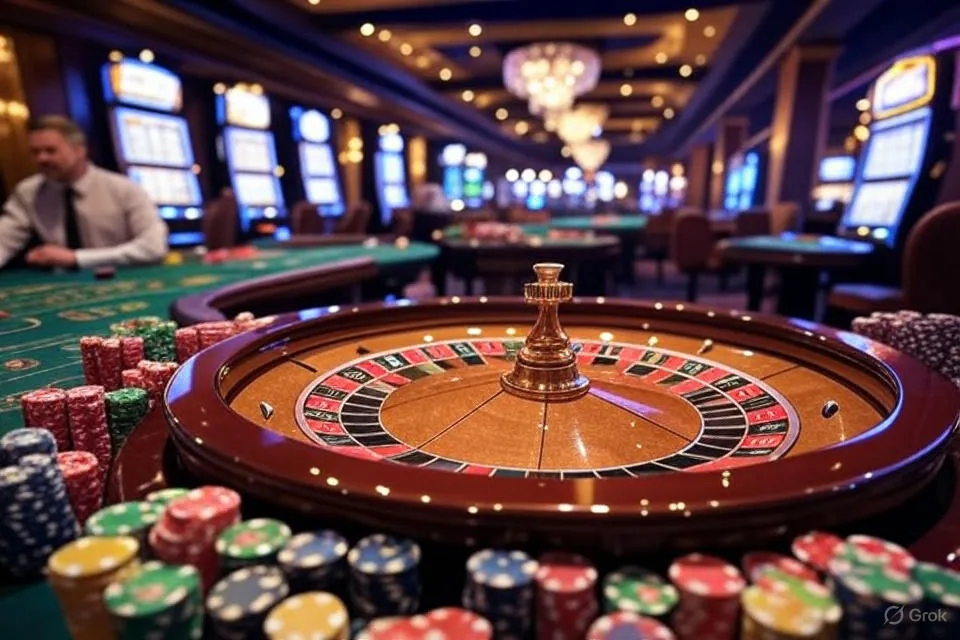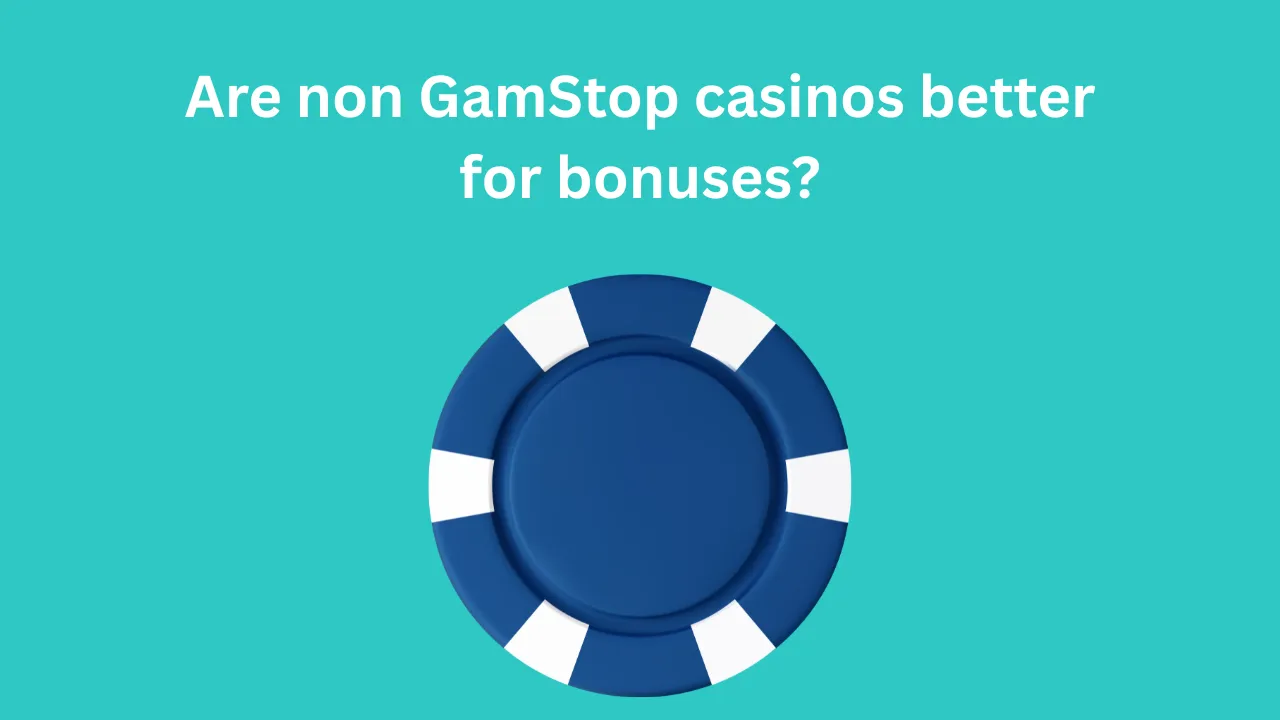The casino floor can feel like a sensory symphony: lights flashing, slot reels spinning, cards being dealt, and the ambient hum of excitement. Yet beneath that kaleidoscope of stimuli lies a carefully crafted narrative. Visual storytelling is the hidden thread that guides players through the thrill, suspense, and reward cycles of modern casino games. By weaving compelling themes, immersive graphics, and dynamic animations, designers engage our emotions and keep us enthralled. Let’s explore how visual storytelling functions in casino games, why it matters, and how it shapes our experiences from the first spin to the final payout.
Understanding Visual Storytelling in Gaming
Visual storytelling refers to the use of imagery, motion, color, and design elements to convey a narrative or evoke a mood. In casino games, this goes far beyond simply placing symbols on reels or using generic card tables. Developers create story arcs—inspired by myth, adventure, or mythology—and then layer on artistic details so that every spin, roll, or flip of a card feels like part of a larger tale.
Imagine a slot game themed around discovering a hidden treasure in an ancient Egyptian tomb. The player’s journey begins with hieroglyphics framing the game grid, continues with reels spinning against a backdrop of dusty ruins, and climaxes with an animated reveal of golden scarabs. Every visual cue—like flickering torches or a distant echo of drums—reinforces the sense of exploration. As a player, you aren’t just matching symbols; you’re on an archeological quest. That immersive quality turns passive gameplay into an active, emotional experience.
How Themes and Artwork Guide Emotions
At the heart of every casino game is a theme: pirates battling for loot, cowboys heisting stagecoaches, or explorers ascending snowy peaks. But a theme alone doesn’t guarantee impact; it’s the artwork, animations, and design flourishes that give it life. When designers choose a color palette, they consider psychology: warm reds and golds evoke excitement and wealth, while cool blues can suggest calm or underwater mystery. Juxtaposing shapes and contrast focuses the player’s attention on key features, like bonus symbols.
Animation sequences—such as a treasure chest bursting open or a slot reel transforming into a wild symbol—deliver moments of surprise. Those moments connect emotionally: the heart races when you see that golden chest, even before the payout registers. In essence, the art style and motion craft the emotional beats, much like a film director uses lighting and camera angles to shape suspense.
Visual Storytelling in Different Types of Casino Games
Slots: Crafting Mini-Epics on Reels
Slots are perhaps the purest example of visual storytelling in casino design. Gone are the days of simple fruit machines. Today’s video slots often feel like compact RPGs (role-playing games). In a typical high-production slot, the game opens with a cinematic intro: you might be on the deck of a pirate ship or scaling an icy mountain. Then, as you spin, symbols animate in ways that hint at narrative progression—wilds might transform to reveal clues, scatter symbols set off a special cutscene, and bonus rounds transport you to entirely new screens where you explore hidden chambers or battle mythical beasts.
One practical example can be seen in UK slot sites. A quick search on slot sites UK will reveal dozens of options where visual storytelling is front and center. For instance, certain slots on these platforms integrate story-driven bonus rounds with branching paths: you choose whether to dive deeper into a sunken wreck or investigate a shipwreck’s captain’s quarters. Your choice influences mini-animations, reward possibilities, and even soundtrack shifts. By clicking a link like “slot sites uk,” you’re often taken to a page that highlights these immersive experiences, complete with screenshots and demo modes.
Table Games: Subtle Narratives at the Felt
While tables like blackjack and roulette might seem less narrative-driven than slots, modern designs still incorporate visual storytelling. Think of a blackjack interface that situates you in a high-roller VIP room, complete with plush furnishings and ambient lighting that changes as you advance through different betting tiers. Dealer avatars in live dealer games use gestures, facial expressions, and subtle animations to create a human connection. Even a roulette wheel can be thematic—an outer rim pattern might resemble a sunburst, symbolizing fortune’s unpredictable arc.
In live poker lobbies, seating areas resemble virtual lounges. You might start at a casual table, then as you win hands, the background art shifts to reflect your rising status—moving from a smoky backroom to a bustling tournament arena. The avatars, stake badges, and digital chips all form a visual saga of progress and skill.
Why Visual Storytelling Matters for Player Engagement
Creating Emotional Hooks
One of the primary goals of visual storytelling is to evoke emotion. Casinos understand that decisions are often emotional rather than purely logical. By presenting a casino game as a dynamic story, developers tap into universal human experiences: excitement, suspense, surprise, triumph, and sometimes even loss. A beautifully animated win sequence triggers a dopamine spike. A perilous cliffhanger bonus round creates a sense of anticipation that keeps players spinning.
When I first encountered a slot themed on medieval knights, I was struck by the slow reveal: a shield-bearing dragon would block the reels until I landed the right symbol, then roar and breathe fire across the screen. That dramatic pause and payoff made me feel like an active participant in a battle. In contrast, a basic spin without narrative context feels mechanical. By infusing games with storytelling, casinos create those emotional hooks that encourage me—and countless other players—to return.
Building Brand Identity and Loyalty
Visual storytelling also helps online casinos and game developers establish unique identities. When you visit a site branded around a Venetian casino theme, from the homepage to the in-game graphics, there’s a cohesive look and feel that sets expectations: elegance, masks, and the charm of canal-side gaming. If another site adopts a futuristic cyberpunk approach, you anticipate neon lights, virtual interfaces, and dystopian motifs. These consistent narratives across websites, marketing materials, and live events foster brand loyalty. Players gravitate toward platforms where the visual language aligns with their tastes. “Slot sites uk” that differentiate through art style and thematic consistency often enjoy higher retention, because the player’s experience feels like joining a familiar world rather than hopping into an anonymous game.
The Mechanics Behind Visual Storytelling
Collaboration Between Designers, Artists, and Developers
Creating a compelling casino game involves teams of artists, animators, sound designers, and programmers. Concept artists sketch the initial storyline—mood boards filled with color swatches, character silhouettes, and key scenes. Then 3D modelers, illustrators, and animators breathe life into those sketches with high-resolution assets and smooth transitions. Developers integrate those assets into the game engine, ensuring that animations trigger at just the right moment—when you hit a jackpot, transition into a bonus round, or level up.
Behind the scenes, sound designers compose music and design audio cues to complement the visuals. A low drum roll builds tension before a spin, while triumphant horns blare on a big win. When these auditory signals sync perfectly with the animation of cascading coins and exploding symbols, the experience becomes intoxicating.
Balancing Aesthetics with Performance
High-fidelity graphics can strain hardware, particularly when flashier slot machines run on smartphones. Successful visual storytelling therefore involves optimization: compressing textures, using efficient animation loops, and employing scalable vector graphics where possible. Developers create multiple asset versions—for mobile, desktop, and live dealer streams—so the game retains its thematic flair without lagging or overheating devices. This technical finesse ensures that the story flows seamlessly, whether you’re playing on a high-end PC or a basic smartphone.
Real-World Examples and Player Perspectives
Ancient Egypt-Themed Slots
Slots like “Pharaoh’s Quest” or “Nile Riches” leverage Egyptian iconography—pyramids, the Eye of Ra, scarabs—to surround players with an archaeological adventure. As you spin, hieroglyphic borders frame the reels, and winning combos trigger animations of golden sarcophagi opening. Bonus rounds might depict an explorer descending into a tomb, choosing paths that reveal hidden treasures. Users often recount feeling transported to another era, intensifying their focus and enjoyment.
Oceanic Adventure Tables
Imagine a live dealer table set on the deck of a luxury cruise liner. The table’s felt shows a wave pattern, while animated dolphins occasionally arch across the virtual background. When a player hits a blackjack, the camera pans to a crew member celebrating with a cocktail. That blend of sleek visuals and ambient details turns a simple card game into a short seaside escape. Players describe it as more relaxing than traditional table settings; the familiarity with water themes alleviates stress and encourages longer play.
Future Trends in Visual Storytelling
Augmented Reality (AR) and Virtual Reality (VR)
The next frontier is fully immersive AR/VR casinos. Instead of viewing a 2D screen, players wear headsets and step into a virtual casino floor, complete with gleaming chandeliers and interactive environments. In VR poker rooms, you’ll see other players’ avatars shuffle, talk, or gesture. Slot machines might surround you, each reel spinning with astonishing detail. Early adopters report that VR’s spatial audio—echoes of laughter and clinking glasses—amplifies the ambiance, making the narrative feel more tangible.
Personalized Story Paths
Imagine slots that adapt their storyline based on your playing style. If you tend to play cautiously, the game might present a narrative about careful exploration, where you probe an ancient tomb room by room. If you play aggressively, the same slot could shift to an action-packed heist, with dynamic animations of vault doors bursting open. By using AI to track player choices and preferences, casino operators can deliver custom story arcs—keeping players emotionally invested over weeks or months.
Conclusion
Visual storytelling in casino games transforms ordinary spins and bets into emotionally resonant experiences. Through carefully chosen themes, compelling artwork, and synchronized animations, developers turn symbols and odds into mini-narratives that engage our curiosity and touch our emotions. Whether you’re exploring pharaonic tombs on the reels, chilling in a virtual VIP lounge, or diving deep in VR, the story behind the game forms the core of its appeal. For operators and players alike, understanding the power of visual storytelling illuminates why certain games capture our imaginations and wallets more effectively than others.
Meta Title (≤55 characters):
Visual Storytelling in Casino Games Explained
Meta Description (≤155 characters):
Learn how visual storytelling boosts engagement in casino games, from immersive slot themes to live table narratives, with real examples.





